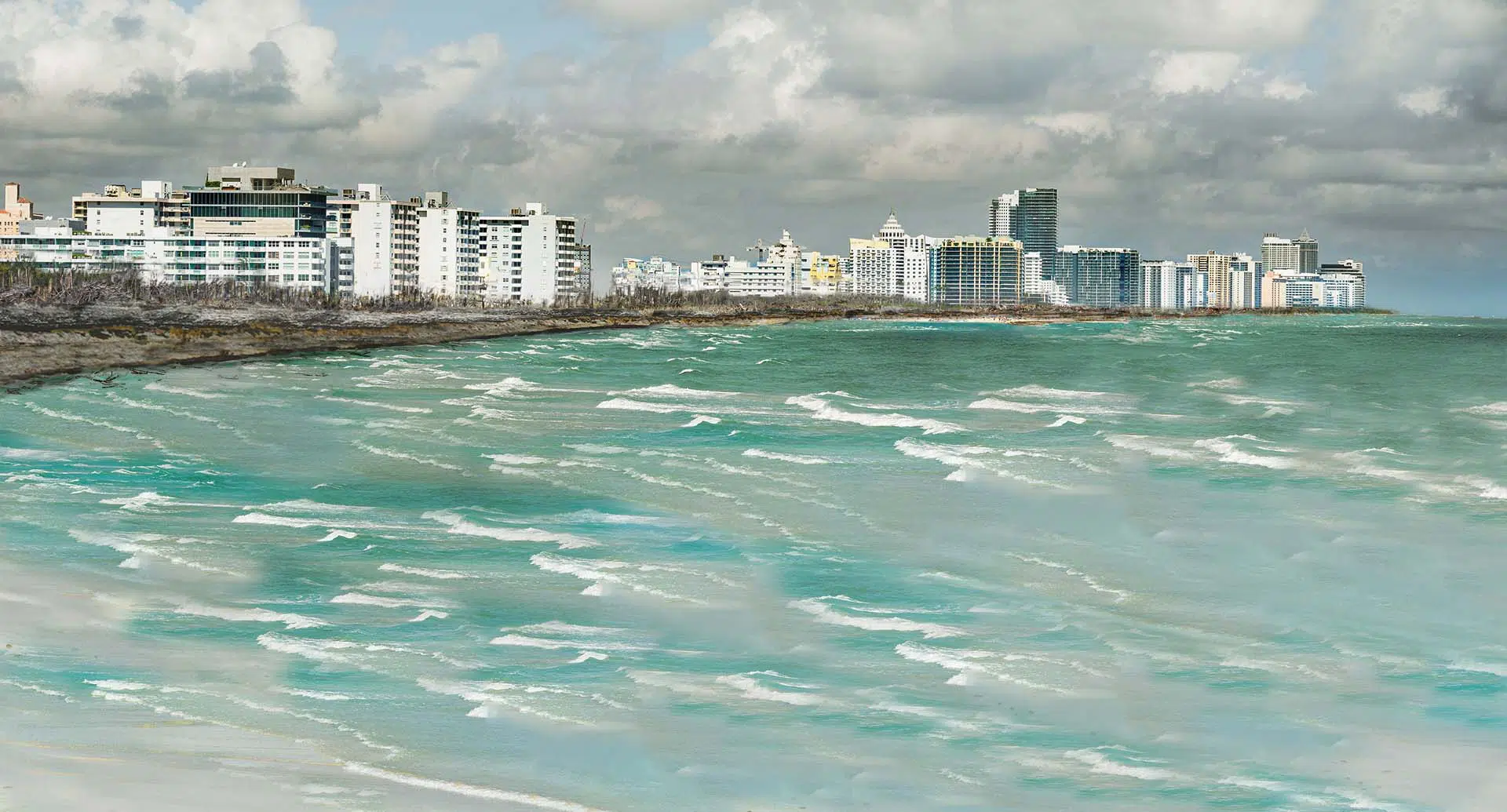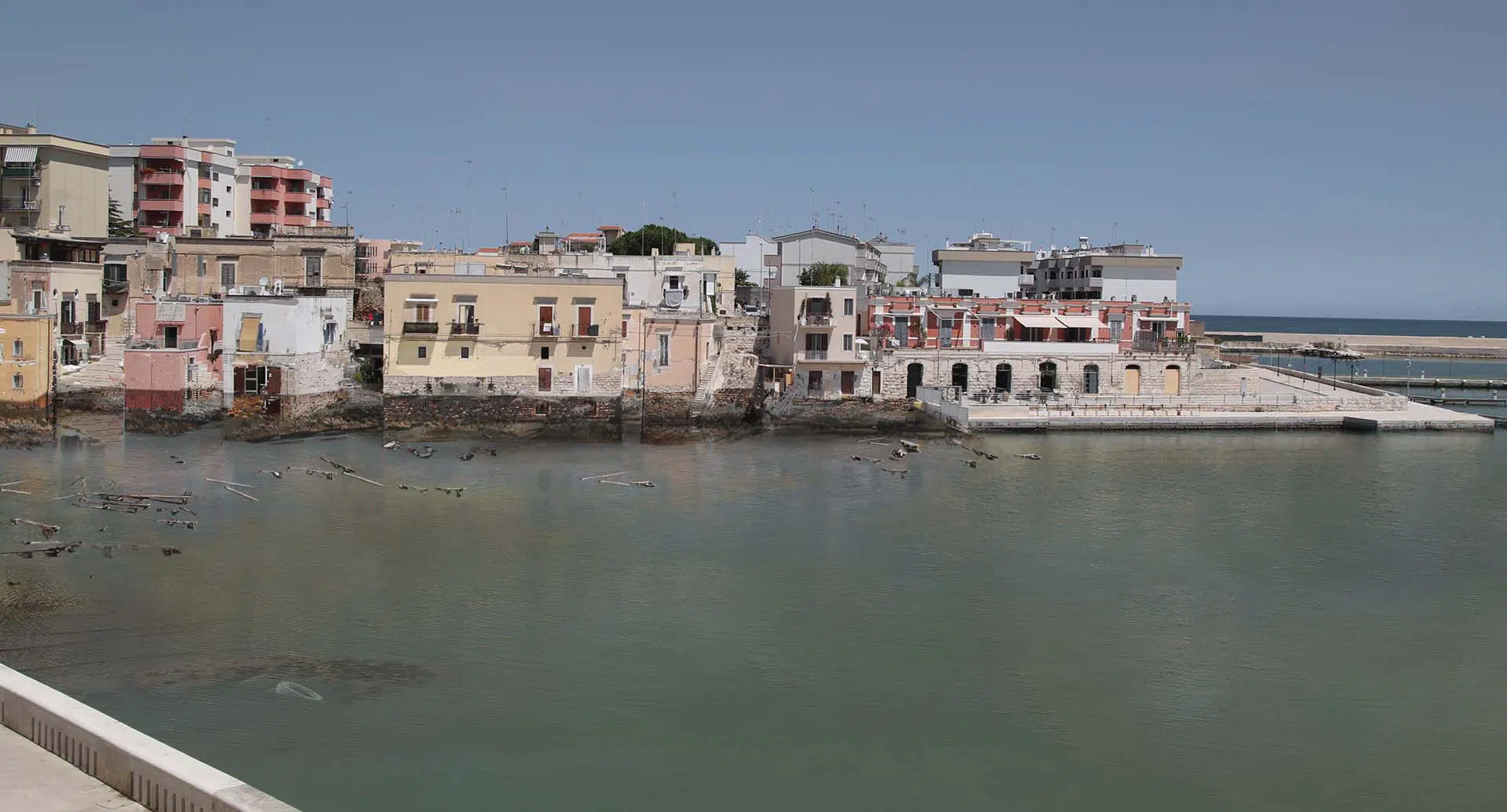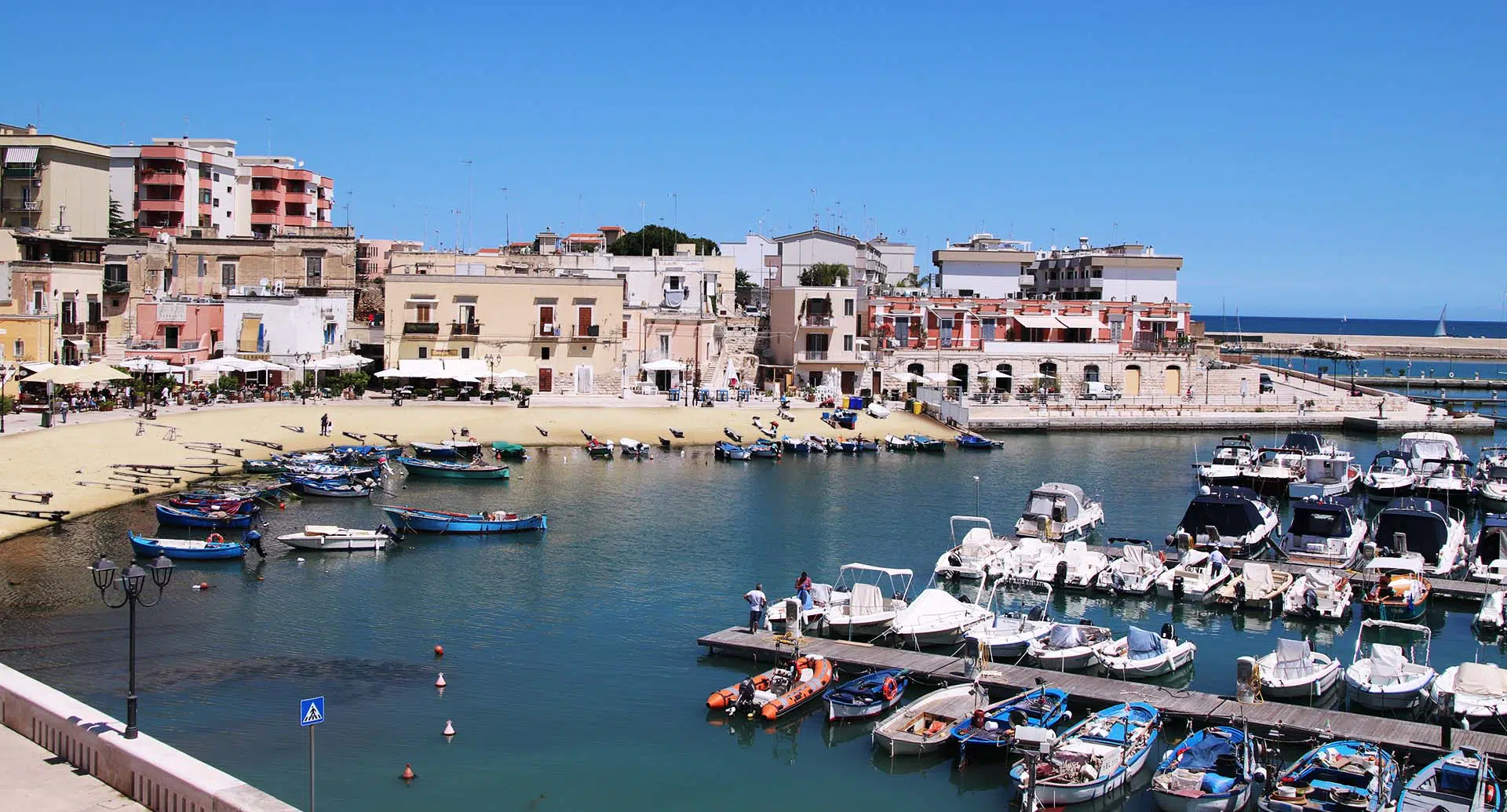
Thesandsoftime
Imagine a world without sand
How construction could mean the end of the beaches we love

Sand is
going extinct
If you’ve ever walked on a beach, you’ll feel like it’s everywhere. In between your toes, in your lunch, and in your clothes for days later. But what if we told you it wasn’t as abundant as you might think, and even worse, it could be running out?
50 billion tons of sand
is mined every year
We look at which buildings use the most sand, what impact this has on the environment, and most importantly for us, how it would affect our beach holidays.










A World without sand
Sand mining is how construction sand is extracted from the sea. It often uses a huge open pit to gather and filter sand, but it can also be done by dredging up sand directly from the sea. It’s a practice that is hugely damaging to the environment, and is a leading cause of coastal erosion and wildlife loss.
What is marine sand?
There are two types of sand – marine and desert.
Desert sand isn’t really sand at all. It’s estimated that 80% of deserts aren’t covered by any sand, but are actually just showing the bare, dry, cracked land on their surfaces. In these cases, the ‘sand’ is just clay soil, dried up and left exposed to the elements.
Marine sand, on the other hand, is sand as we know it. It’s made by the erosion of rocks, before being further worn down by the waves of the ocean. It takes hundreds of millions of years to produce the stuff we see on beaches. That’s where the problem lies.

50 billion tons of Sand is mined every year
The structures that
use the most sand.
Fact – concrete is 75% marine sand. We’ve used this stat to work out which concrete-heavy landmarks across the world use the most sand in their construction, and how big this amount actually is.
Christ the Redeemer features 997 tonnes of sand
Towering over Rio de Janeiro in Brazil, Christ the Redeemer is an imposing statue that is unavoidable whenever you step foot into the city. Built between 1922 and 1931 by French sculptor Paul Landowski and Brazilian engineer Heitor da Silva Costa, its construction used 997 tonnes of sand, predominantly in the reinforced concrete that makes up most of the structure.
That’s 15 dumper trucks’ worth of sand needed to bring the giant Jesus to life.
The Pantheon would have needed 3,129 tonnes of sand to be built
Back in the year 125 AD, it was unlikely that world leaders thought too much about sand usage in construction. When The Pantheon was built by Marcus Agrippa in Rome, and then rebuilt by Hadrian (of wall fame) an unknown amount of time later, it would have needed 3,129 tonnes of the stuff to put it up, offering Roman worshippers a rather beautiful temple to pray in. The 48 dumper trucks required to move that sand wouldn’t be invented until a while later.
It remains one of the best preserved examples of Roman architecture anywhere in the world, showing that sand has plenty of benefits when it comes to building materials.
In Russia, it took 5,520 tonnes of sand to build The Motherland Calls
If you’ve never been to Volgograd, Russia, you might not have heard of The Motherland Calls. But it’s well worth knowing about. The tallest statue in Europe, and the tallest in the world to feature a woman, it sits at the centre of the ensemble monument ‘Heroes of the Battle of Stalingrad’, which was unveiled in 1967. It shows a woman stepping forward with a raised sword, and was designed to encourage Russians to repel enemies and defend their home – the Motherland.
5,520 tonnes of sand went into its manufacture, or around 85 dumper trucks’ worth.
The Burj Khalifa needed 528,643 tonnes of sand to get so high
Standing at 829.8m tall, The Burj Khalifa in Dubai is officially the tallest building in the world, a title it has held since construction finished in 2009. It was built to attract more tourism and investment to ‘Downtown Dubai’, helping the United Arab Emirates to move away from its oil-based economy. Essentially, Dubai wanted to stand out, and when you build something that tall, you’ll stand out above anything.
The primary structure is made from reinforced concrete, which used 528,643 tonnes of sand. This amount of sand would take 8,133 dumper trucks to transport, and if put in a pile, would be 0.12 times as high as the Great Pyramid of Giza.
The Pentagon uses 532,778 tonnes of sand
The home of the USA’s Department of Defense isn’t doing much to defend against sand extinction. The vast, five-sided (obviously) structure is, unsurprisingly, a very secure building, and is made up of 772,125 metric tonnes of concrete. That makes it very difficult to break into, but also means it uses up a staggering 532,778 tonnes of sand. That’s the equivalent of 8,197 dumper trucks – traffic jams galore.
The Hoover Dam is made from 5,340,028 tonnes of sand
Along the Colorado River, on the border of Arizona and Nevada, sits the awe-inspiring Hoover Dam. Opened in 1936, the dam was built in the ominous-sounding Black Canyon to help prevent floods and provide irrigation water for the nation’s crops. At 221.4m tall and 379m long, it’s a solid structure, powerful enough to hold back the immense natural forces that hit it every day.
Such a big building needs a big amount of sand, 5,340,028 tonnes of it in fact. That’s enough to fill 82,154 dumper trucks, and stack up to around 1.28 times the height of the Great Pyramid of Giza.
The Panama Canal uses 7,961,051 tonnes of sand across North and South America
If you want to connect the Pacific and Atlantic Ocean across an entire country, you’re going to need a lot of sand. That’s why The Panama Canal used up 7,961,051 tonnes of it, stretching across 83km to connect two oceans and allow easier, quickier maritime trade.
The man-made canal is one of the most complex engineering tasks ever undertaken, but ever since the 1500s there had been plans to build it. Construction was finally completed in 1914, allowing ships to get from A to B without having to navigate around America.
If you were to pile all that sand up, you’d be looking at something around 0.08 times the height of Mount Everest. That’s one impressive sandcastle, requiring 122,478 dumper trucks to move.
The Three Gorges Dam uses 43,602,066 tonnes of sand – more than any other building in the world
If you really want to get your sand fix, look no further than The Three Gorges Dam. In the Hubei province, central China, the dam is the world’s largest power supply, capable of turning water into up to 22,500 MW of hydroelectric energy.
The dam was only completed in 2015 (when a handy ship lift was added), and used 43,602,066 tonnes of sand in its construction. That’s over 10 times as tall as the Great Pyramid of Giza, and 0.45 times as high as Mount Everest.
Christ the Redeemer features 997 tonnes of sand
Towering over Rio de Janeiro in Brazil, Christ the Redeemer is an imposing statue that is unavoidable whenever you step foot into the city. Built between 1922 and 1931 by French sculptor Paul Landowski and Brazilian engineer Heitor da Silva Costa, its construction used 997 tonnes of sand, predominantly in the reinforced concrete that makes up most of the structure.
That’s 15 dumper trucks’ worth of sand needed to bring the giant Jesus to life.
The Pantheon would have needed 3,129 tonnes of sand to be built
Back in the year 125 AD, it was unlikely that world leaders thought too much about sand usage in construction. When The Pantheon was built by Marcus Agrippa in Rome, and then rebuilt by Hadrian (of wall fame) an unknown amount of time later, it would have needed 3,129 tonnes of the stuff to put it up, offering Roman worshippers a rather beautiful temple to pray in. The 48 dumper trucks required to move that sand wouldn’t be invented until a while later.
It remains one of the best preserved examples of Roman architecture anywhere in the world, showing that sand has plenty of benefits when it comes to building materials.
In Russia, it took 5,520 tonnes of sand to build The Motherland Calls
If you’ve never been to Volgograd, Russia, you might not have heard of The Motherland Calls. But it’s well worth knowing about. The tallest statue in Europe, and the tallest in the world to feature a woman, it sits at the centre of the ensemble monument ‘Heroes of the Battle of Stalingrad’, which was unveiled in 1967. It shows a woman stepping forward with a raised sword, and was designed to encourage Russians to repel enemies and defend their home – the Motherland.
5,520 tonnes of sand went into its manufacture, or around 85 dumper trucks’ worth.
The Burj Khalifa needed 528,643 tonnes of sand to get so high
Standing at 829.8m tall, The Burj Khalifa in Dubai is officially the tallest building in the world, a title it has held since construction finished in 2009. It was built to attract more tourism and investment to ‘Downtown Dubai’, helping the United Arab Emirates to move away from its oil-based economy. Essentially, Dubai wanted to stand out, and when you build something that tall, you’ll stand out above anything.
The primary structure is made from reinforced concrete, which used 528,643 tonnes of sand. This amount of sand would take 8,133 dumper trucks to transport, and if put in a pile, would be 0.12 times as high as the Great Pyramid of Giza.
The Pentagon uses 532,778 tonnes of sand
The home of the USA’s Department of Defense isn’t doing much to defend against sand extinction. The vast, five-sided (obviously) structure is, unsurprisingly, a very secure building, and is made up of 772,125 metric tonnes of concrete. That makes it very difficult to break into, but also means it uses up a staggering 532,778 tonnes of sand. That’s the equivalent of 8,197 dumper trucks – traffic jams galore.
The Hoover Dam is made from 5,340,028 tonnes of sand
Along the Colorado River, on the border of Arizona and Nevada, sits the awe-inspiring Hoover Dam. Opened in 1936, the dam was built in the ominous-sounding Black Canyon to help prevent floods and provide irrigation water for the nation’s crops. At 221.4m tall and 379m long, it’s a solid structure, powerful enough to hold back the immense natural forces that hit it every day.
Such a big building needs a big amount of sand, 5,340,028 tonnes of it in fact. That’s enough to fill 82,154 dumper trucks, and stack up to around 1.28 times the height of the Great Pyramid of Giza.
The Panama Canal uses 7,961,051 tonnes of sand across North and South America
If you want to connect the Pacific and Atlantic Ocean across an entire country, you’re going to need a lot of sand. That’s why The Panama Canal used up 7,961,051 tonnes of it, stretching across 83km to connect two oceans and allow easier, quickier maritime trade.
The man-made canal is one of the most complex engineering tasks ever undertaken, but ever since the 1500s there had been plans to build it. Construction was finally completed in 1914, allowing ships to get from A to B without having to navigate around America.
If you were to pile all that sand up, you’d be looking at something around 0.08 times the height of Mount Everest. That’s one impressive sandcastle, requiring 122,478 dumper trucks to move.
The Three Gorges Dam uses 43,602,066 tonnes of sand – more than any other building in the world
If you really want to get your sand fix, look no further than The Three Gorges Dam. In the Hubei province, central China, the dam is the world’s largest power supply, capable of turning water into up to 22,500 MW of hydroelectric energy.
The dam was only completed in 2015 (when a handy ship lift was added), and used 43,602,066 tonnes of sand in its construction. That’s over 10 times as tall as the Great Pyramid of Giza, and 0.45 times as high as Mount Everest.
How is sand used in construction?
In construction, sand is in pretty much everything. It goes into other materials to add bulk and strength, such as concrete, mortar, asphalt and cement. It gets melted down to make glass for windows and mirrors. It’s used in clay that’s turned into bricks. It even gets laid out in its natural form to prevent contractors slipping on sites. In short, without sand, buildings couldn’t happen, and the homes and offices we live and work in wouldn’t exist.
200 metric tonnes of sand goes into just one house, so you can imagine how much is needed to build a skyscraper, or an office block, or a big Walmart.
SANDMARKS you might
not have thought of
While it might make sense that huge megastructures use a lot of sand, some others have just used it to make an artistic statement. Big sculptures that have become icons of the skyline have all played their part in sand disappearing.
France’s Eiffel Tower used 3,044 tons of sand
It’s often regarded as one of the most romantic buildings in the world, and The Eiffel Tower sure has a lot of sand to love. Construction was finished in 1889, with La dame de fer (or the Iron Lady, for you and us) being revealed as the centerpiece of the World’s Fair.
Gustave Eiffel, designer and chief builder of the tower, would have needed 47 dumper trucks to get the job done. Careful round those narrow Parisian streets.
The Statue of Liberty used 938 tons of sand
A symbol of freedom, hope and America, the Statue of Liberty has been welcoming people to New York ever since she was first erected in 1886. The statue was famously a gift from France, and was designed by the same man who designed the Eiffel Tower. Fun fact for your next pub quiz.
Lady Liberty used 938 tonnes of sand in her construction, around 14 dumper trucks’ worth.


43 Million tons of
will be mined for homes in 2022
The future of sand
There is predicted to be 1.23 million new homes built across the USA in 2022, and each of them needs bricks and concrete to stand. That means sand, and lots of it. Each single unit home requires an average of 32,550kg of sand in its construction, totalling 43.05 million tonnes throughout the course of the year.
For every new home, you’d have to scrap Santa Monica Beach, California, 27,126 times. You’re going to need a bigger bucket.
A world
without
sand
Save our sands – book your trip
now to support local economies
Every time you pay a visit to a beach, not only do you get to enjoy a fantastic day out surrounded by sand, sea and – hopefully – sun, but you also support local businesses. This money allows them to do more to protect their environment, pay their locals and keep the sand where it belongs – by the side of the sea and underneath your feet.
Sign up to our flight finder today to discover the best available deals to some of the world’s most stunning beaches. Just remember to leave the sand where you found it.